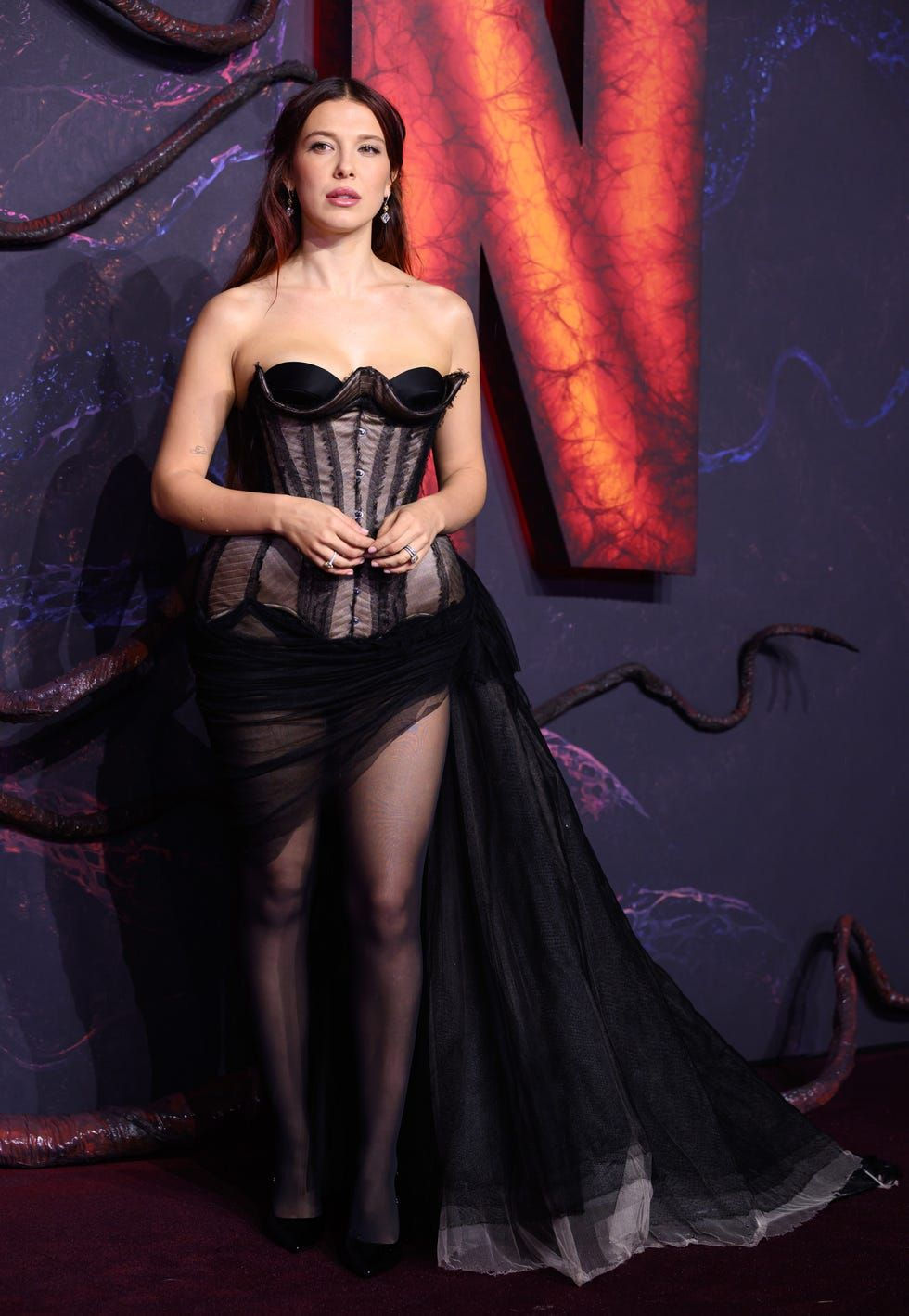The Gender Divide of New York City Nightlife A Critical Review of a Single Experience
- Robert White

- Sep 14
- 4 min read
Nightlife in New York City often feels like theater—an urban spectacle where entrance is a carefully choreographed ritual, complete with cover charges, dress codes, and velvet ropes. Recently, during New York Fashion Week, I experienced firsthand how the guest of honor—gender itself—became part of the price of admission. At Somewhere Nowhere, advertised as the official after-party for the fashion event I attended, I stood outside in sharply divided lines that crystallized the economics and power dynamics driving nightlife in major cities.

I arrived at the venue under the impression that, as press with a badge clearly indicating my presence at the show, entry would be straightforward. The signage and press materials promoted a glamorous and exclusive after-party. But at the door, gilded fantasies dissolved into a transactional reality.
Two lines: one for women and one for men. Three bouncers stood at the entrance, but the real gatekeeper was the clipboard-wielding man—silent but authoritative. Women were admitted with little fanfare—about five at a time—while men were forced to make financial concessions. My options: a $300 bar tab, or purchase a $750 bottle to secure a table. Other men in line—many younger—were presented with the same or told they could enter only if they booked a $1,500 table. This wasn’t about style or exclusivity. It was a calculated, gendered economic transaction.
Nightclubs chase profit with a formula that often excludes fairness: minimize giveaways, ensure male patrons spend, and let women’s presence carry the room’s energy. Cover charges and tickets cover just a fraction of overhead. The true earnings are in bottle service, premium liquors, and VIP packages—usually bought by men with the perception that doing so elevates the entire experience.
Free or discounted entry for women is a marketing tactic, not generosity. Women become social currency: their attendance generates desirability, attracts male spending, and justifies inflated prices. At Somewhere Nowhere, the ratio—five women to one man—underscored how male patrons were expected to subsidize the event with their wallets.
What I witnessed at that threshold was unapologetic. The price of masculinity was money.
This dynamic isn’t just common—it’s increasingly under legal scrutiny. A recent lawsuit in San Diego highlights the growing backlash against gender-based pricing. In 2020, Omnia Nightclub was sued after hosting a “Ladies’ Night” event where men paid full admission while women entered free or at a discount. The bar also allegedly frisked men upon entry, but not women. In 2025, a judge preliminarily approved a $7 million settlement over this gender-based discrimination case.
The Independent The litigation—and its size—signals that what many dismiss as nightlife marketing may in fact collide with civil rights law.
Another illuminating case is a newly opened women-only nightclub that closed after just one night. Though it opened to crowds, it generated almost no bottle service or VIP section sales—the very financial engine most nightlife businesses depend on. Despite the buzz, the absence of male spending made the model unsustainable.
These two examples—one legal, one structural—mirror my experience outside Somewhere Nowhere. Omnia’s lawsuit highlights that discounting based on gender is not only unfair, but may be unlawful. And the women-only club’s economic collapse offers stark proof that nightlife economics rely heavily on male spending.
So what does this mean for men navigating New York City’s nightlife? For starters: resist being the default bank for nightlife’s marketing strategy. Clubs thrive because men pay to be seen, to impress, and to subsidize the environment in which others are offered no-cost entry. This model is predicated on a social barter—your money for perceived access.
After refusing to pay $300 for a bar tab I wouldn't use, I joked that if every man in that line just handed $300 to one woman in the other line, they'd all walk away together—and the club would be empty. It’s an absurd hypothetical, but it underscores the transactional absurdity of the setup.
Beyond economics, there’s a social cost: these pricing structures reduce human interaction to dollars and visibility. Want in? Pay. Want to mingle? Pay more. Want to be seen? Pay even more. For men, it becomes not just about money, but value—are you worth the price tag?
And for women, free entry can unintentionally reinforce the idea that they are part of the ambiance, rather than patrons of equal value. Their presence becomes leveraged to stimulate spending, making them a tool of commercial design rather than valued guests.
There are alternatives: smaller, curated venues where atmosphere, conversation, and authenticity matter more than hype. Think lounges, jazz bars, or private rooftops—places where the music is gentle, the price is fair, and the dialogue is real. Here, exclusivity is earned through connection, not money.
If a club looks designed to extract maximum money rather than deliver genuine experience, walk away. Exclusivity doesn’t always mean quality. Big clubs pander to ego. Small venues cater to experience. Meaningful nights come from atmosphere, not ledger entries.
As nightlife rebounds post-pandemic, it’s time to ask: are we buying an experience, or paying to fuel a pretense? If your presence only has value because of what you spend, the night might not be serving you—it’s using you.
Seek out experiences where value is mutual, where vibe outweighs vanity, and where people are seen for who they are, not how much they spend. In nightlife, the house doesn’t always win—but knowing how you value yourself can shift the odds.







